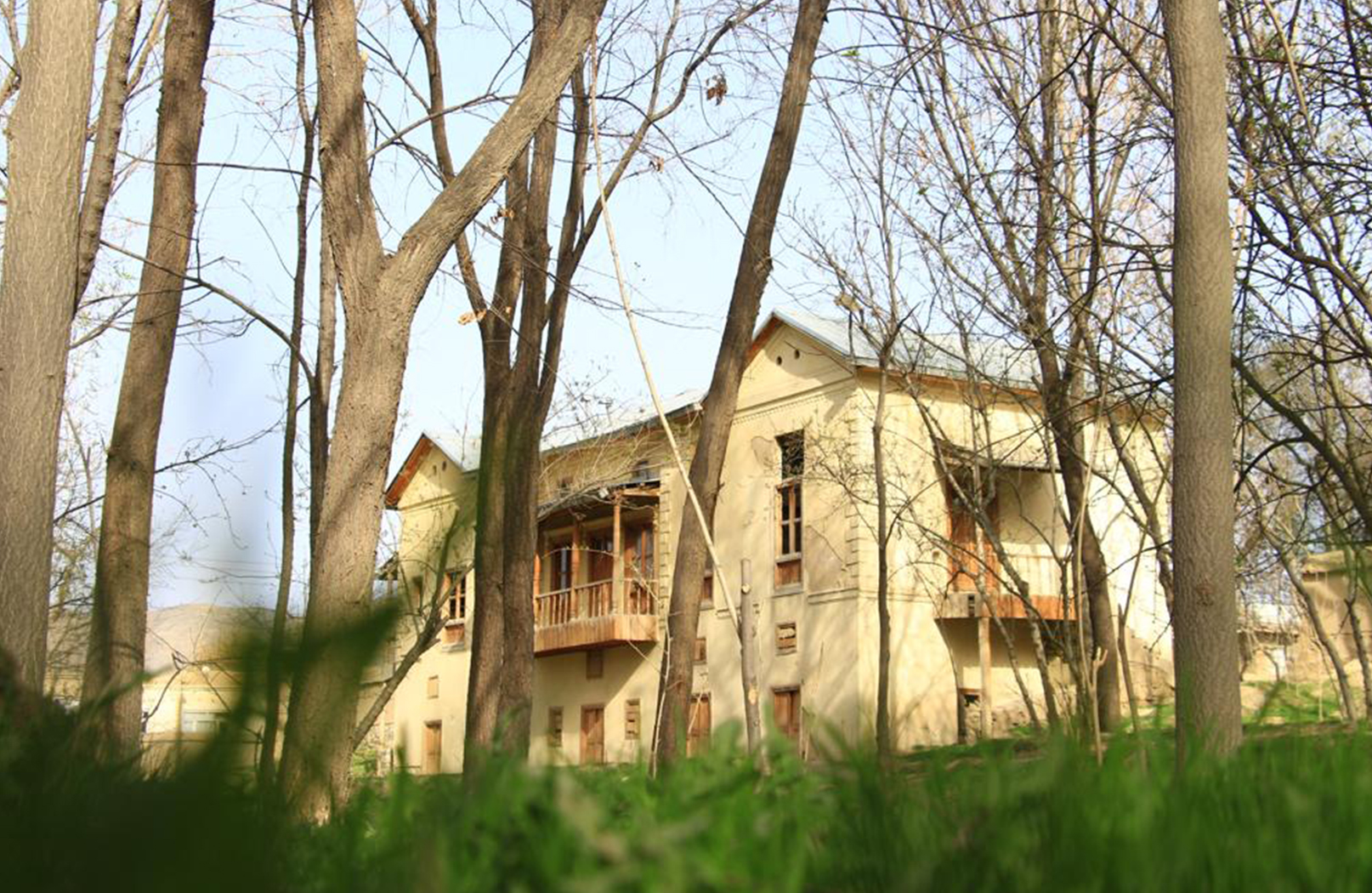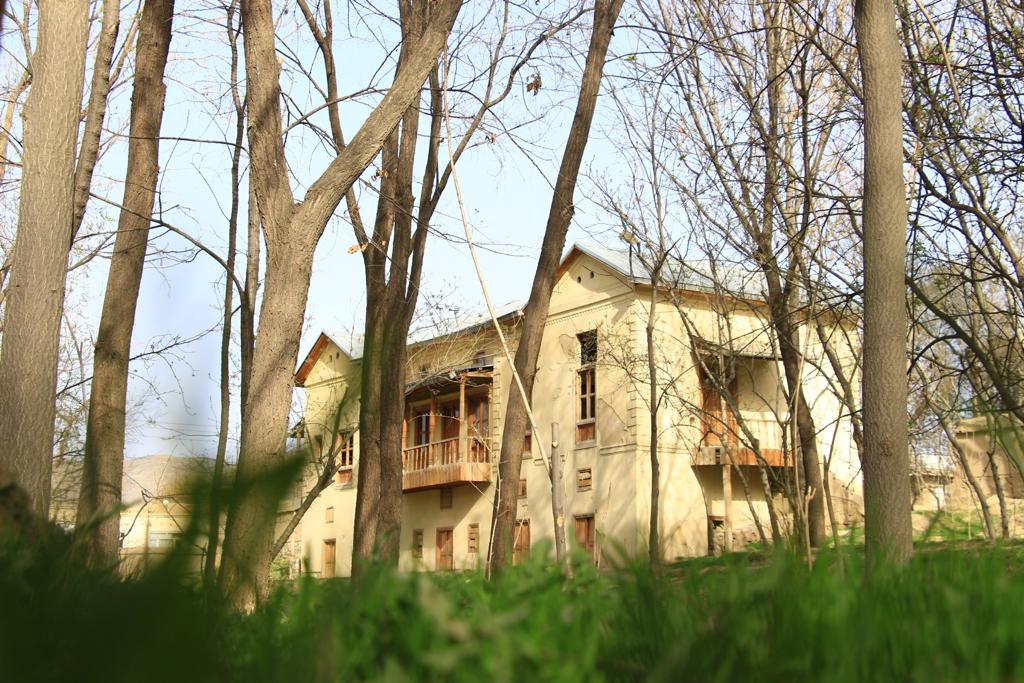The Afterlives of Urban Muslim Asia: Alternative Imaginaries of Society and Polity
In the context of upheaval in Muslim Asia, studies of the region's urban centers and migrant communities can offer critical insights into identities that transcend sectarian and national identity and enable greater sensitivity in heritage preservation.
Yet, it is widely accepted that conflict and large-scale migrations over the past century, of minorities and Muslims, have led to 'decosmopolitanisation'.
AISS is implementing a cultural heritage project entitled “The Afterlives of Urban Muslim Asia: Alternative Imaginaries of Society and Polity” in collaborating with the University of Sussex (School of Global Studies and the Sussex Asia Centre), the University of Copenhagen (Department of Cross-Cultural and Regional Studies), and the University of Cambridge (Faculty of Asian and Middle Eastern Studies and the HRH Prince Alwaleed Bin Talal Centre of Islamic Studies)
This project will provide new empirical data and analysis of Muslim Asia's legacy of cosmopolitan urban living in the context of migration and conflict. Its empirical focus is on four cities: Herat, Kabul, Aleppo, and Bukhara. It will explore the experiences of ethnoreligious minorities and the extent to which legacies of cosmopolitan urban life remain a vital aspect of the cities' Muslim populations. We anticipate that by doing so the project will enable greater sensitivity in urban heritage policy and have a transformative effect on public perceptions about Muslim Asia.
This project commenced in January 2022 and it is funded by a grant from the Art and Humanities Research Council- AHRC.
Read more here http://www.sussex.ac.uk/global/research/researchprojects/afterlivesofurbanmuslimasia
Objective:
- The project seeks to document variation in the degree to which the selected urban centres continue to be a powerful source of identity and ask what accounts for such variation
- The project will necessitate an ethnographic engagement with the cities' Muslim-majority populations mainly with key categories of actors – merchants, intellectuals, artists, and politicians – active in the promotion of discourses of urban heritage
- By focusing on lived practices and activities in the present day, It will seek, to understand the transmission of habits and modes of urban living to new locales and their ongoing circulation in historic urban centres themselves.


